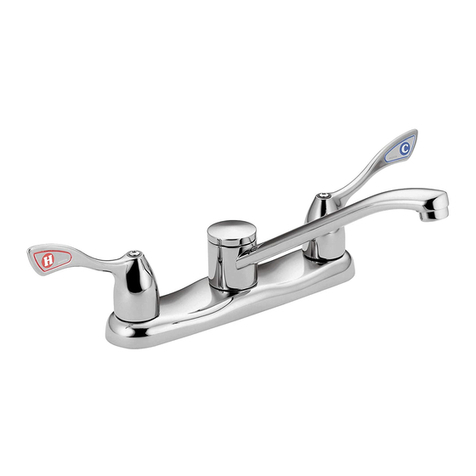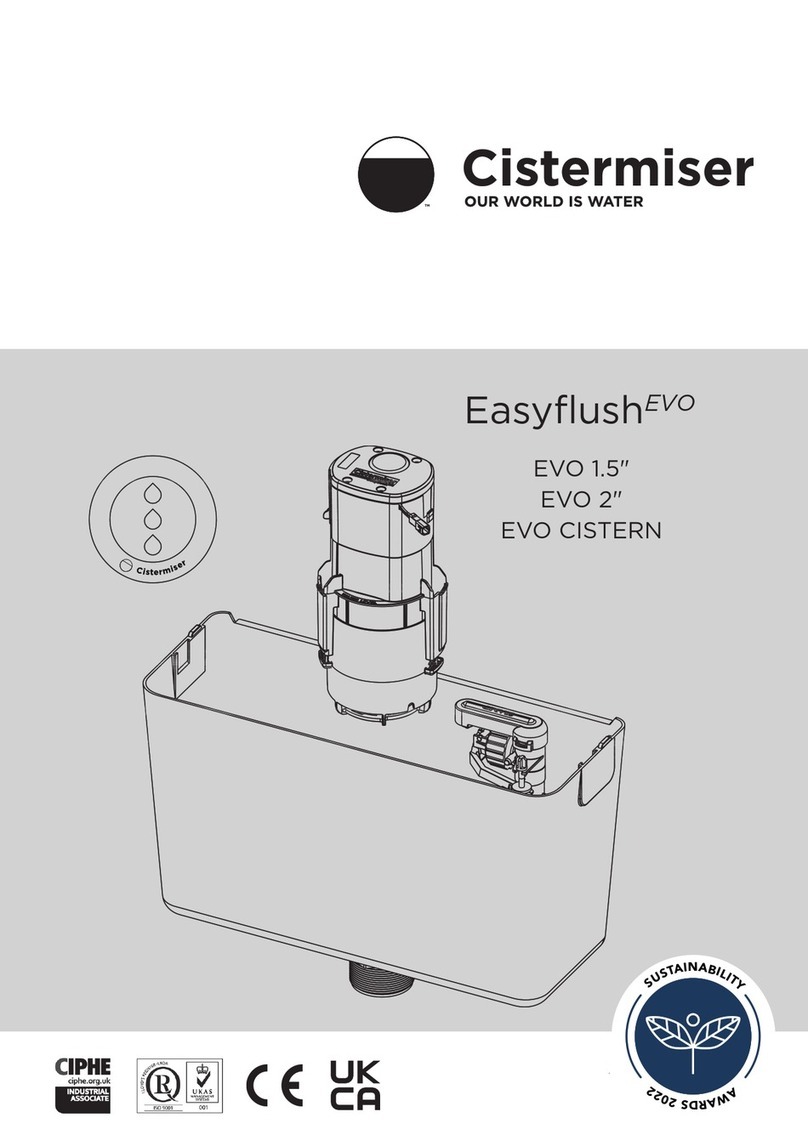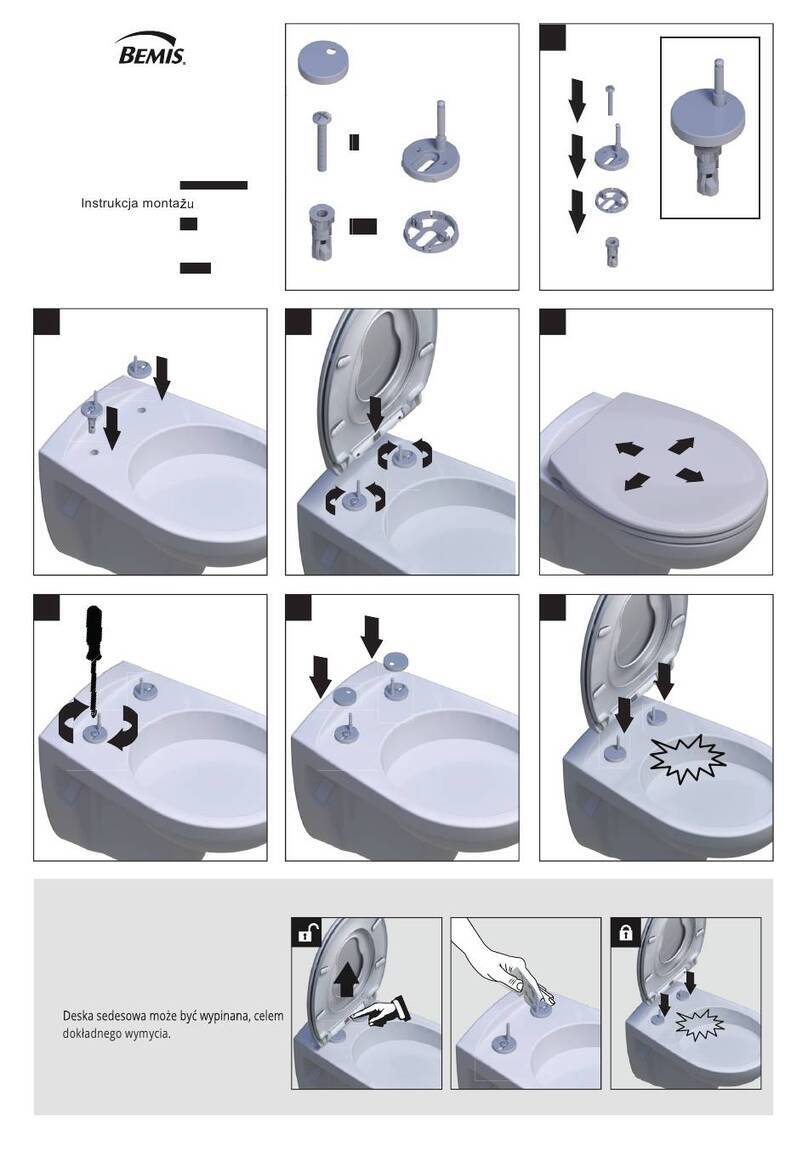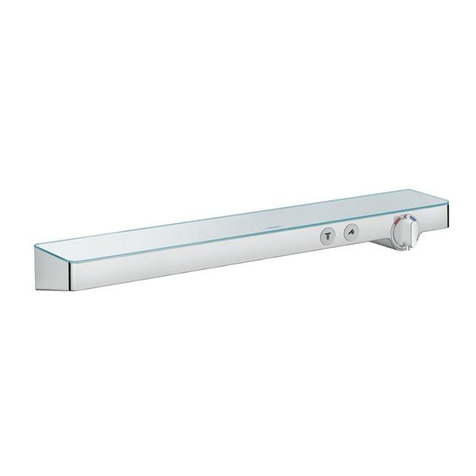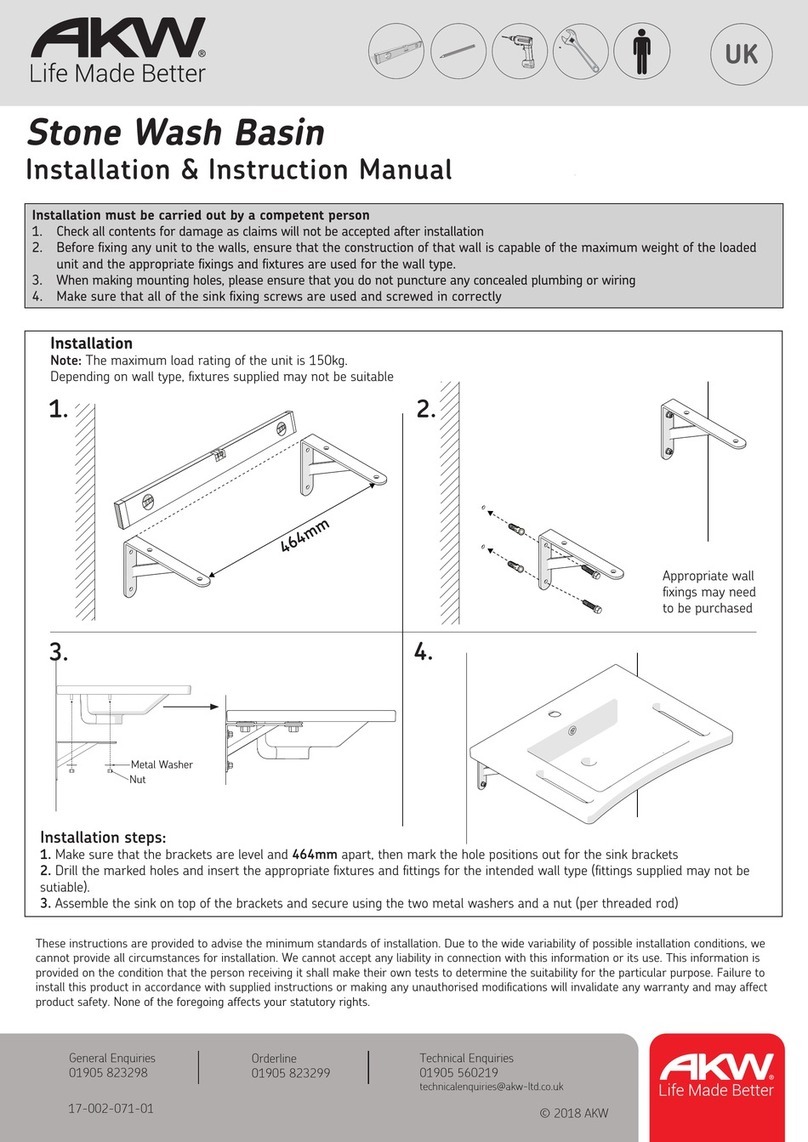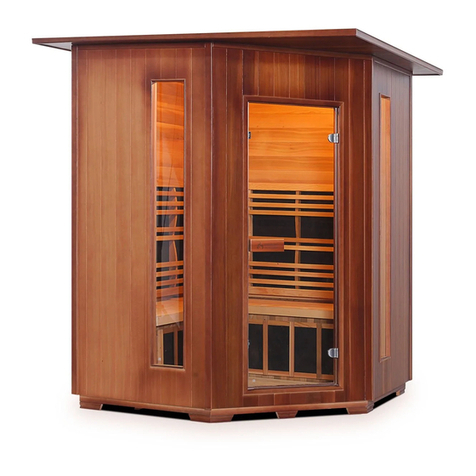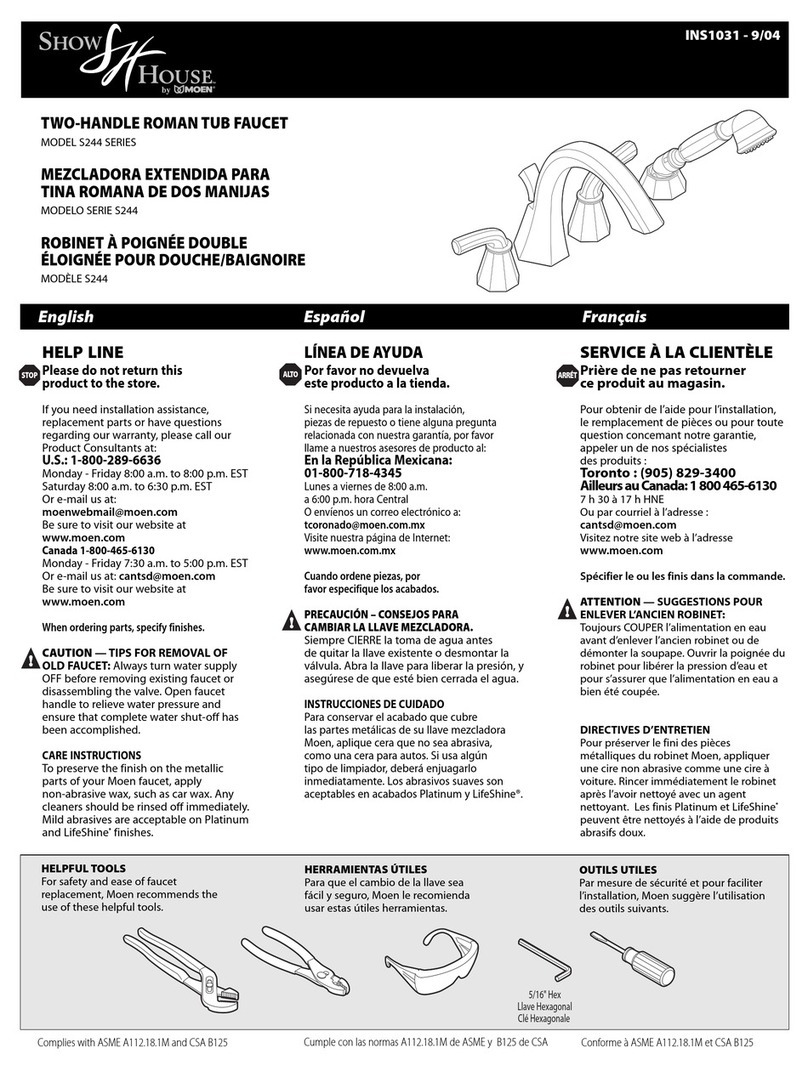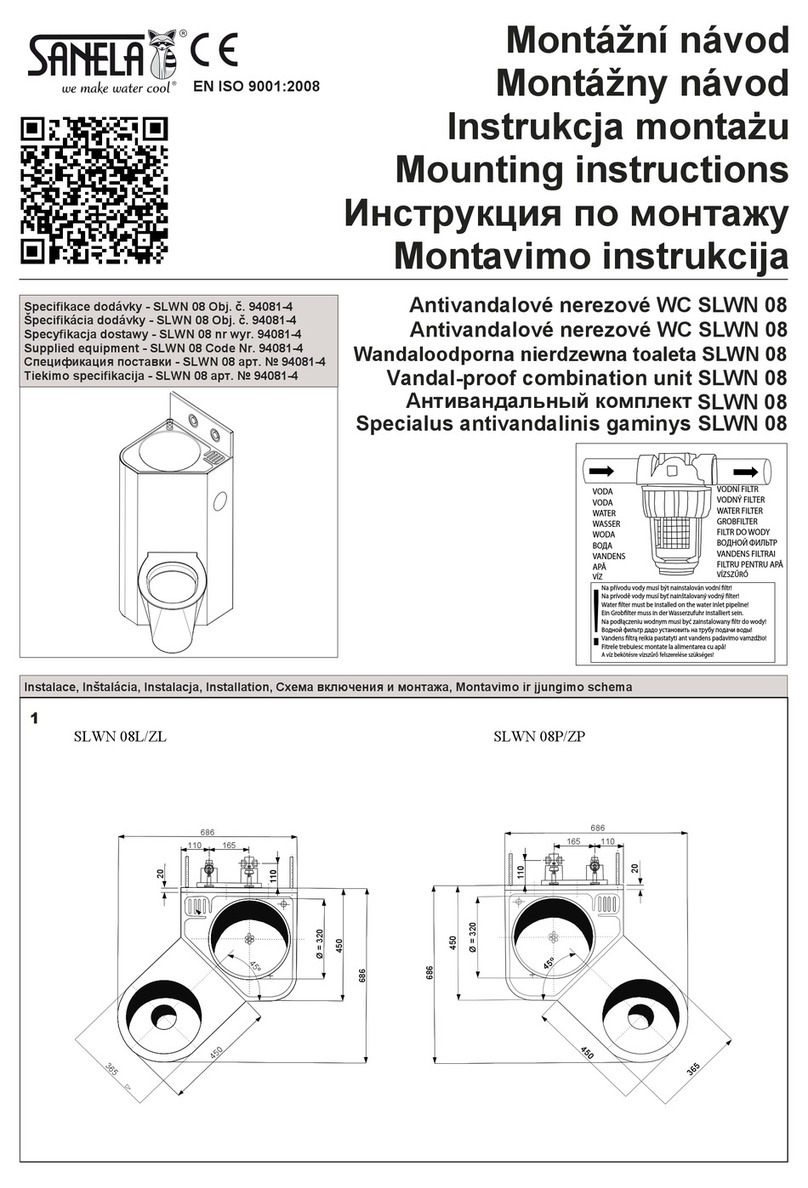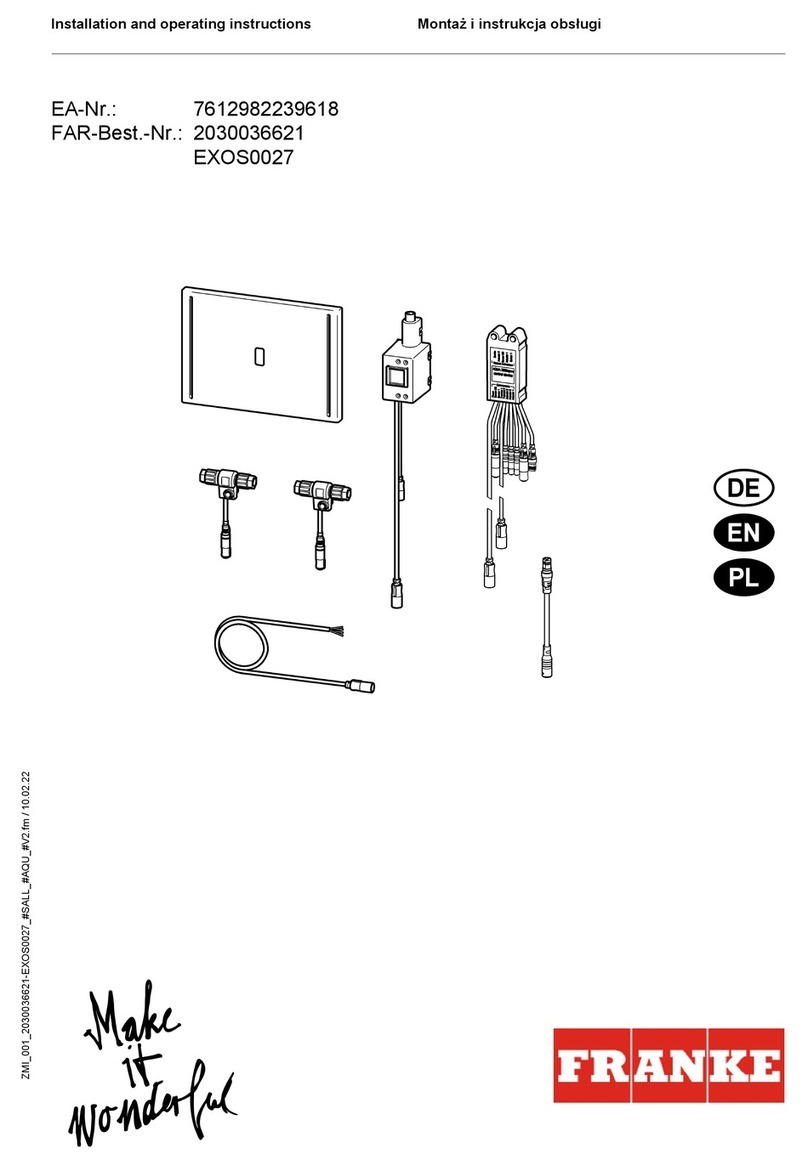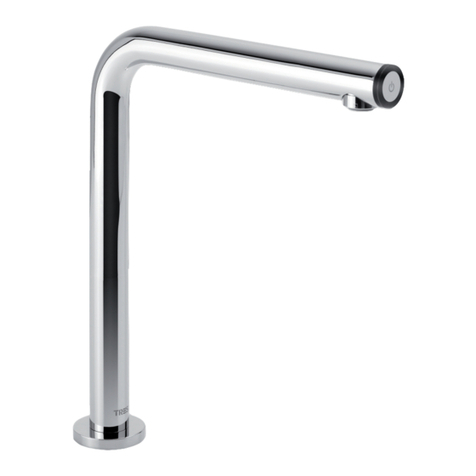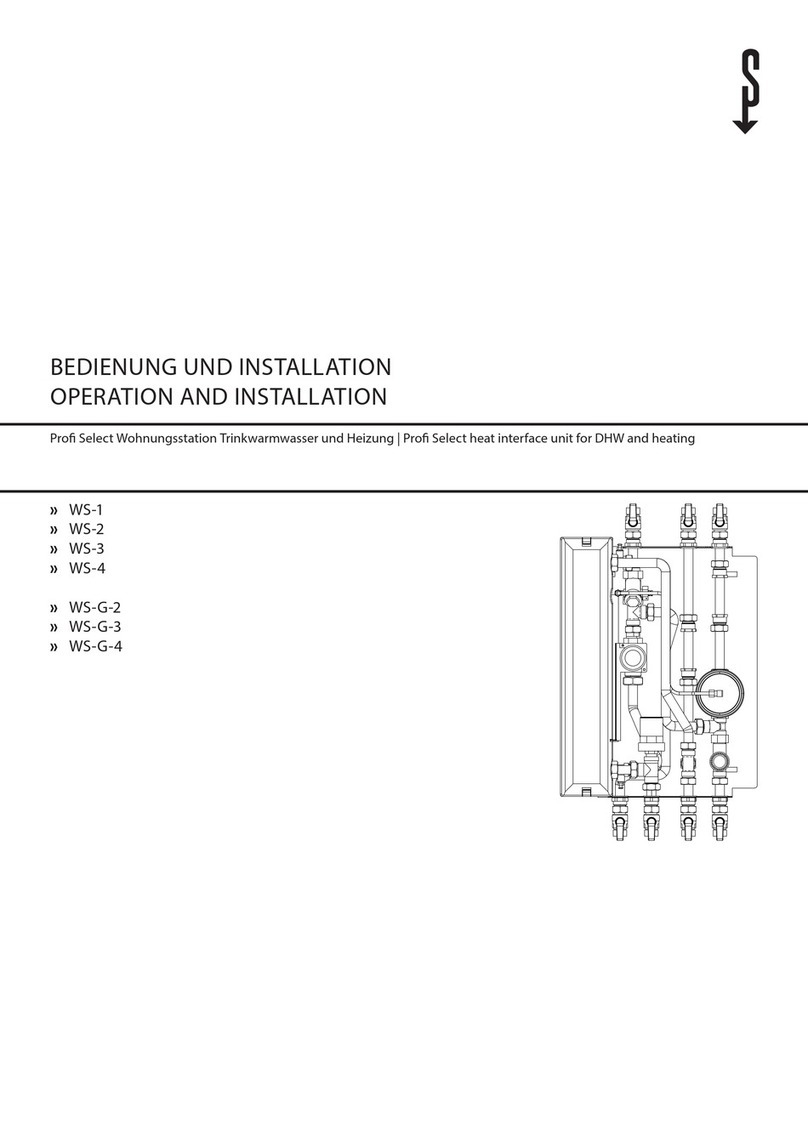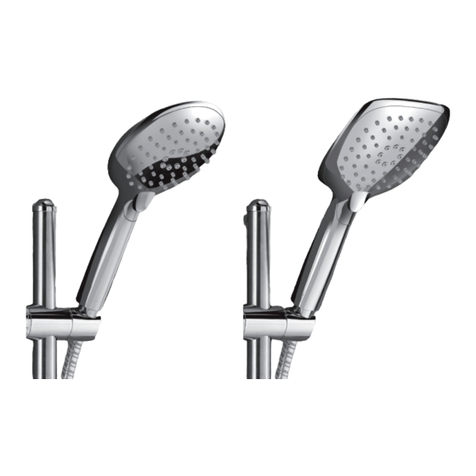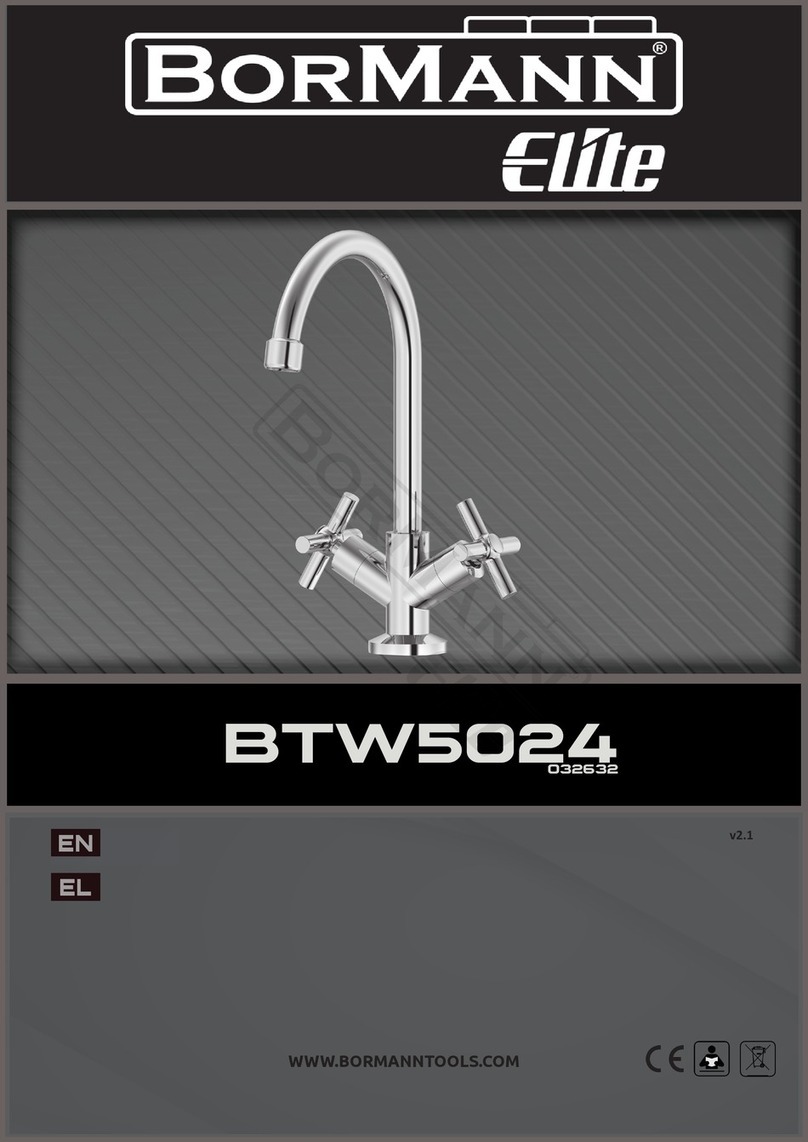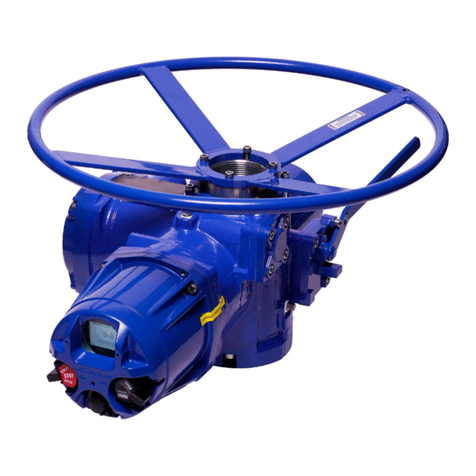FLEX User Instruction –21TEM14546 EN
Page 2of 43
CONTENTS
1General Information........................................................................................................................4
1.1 Scope of manual..........................................................................................................................................4
1.2 Disclaimer ......................................................................................................................................................4
1.3 Certification instruction................................................................................................................................5
1.4 Units ................................................................................................................................................................5
2Safety Information ...........................................................................................................................6
2.1 Intended use.................................................................................................................................................6
2.2 Safety symbols and description..................................................................................................................6
2.3 General hazard sources ..............................................................................................................................7
2.4 Responsibility of the operating company .................................................................................................8
2.5 Qualified personnel and targeted group .................................................................................................8
2.6 Industrial health and safety measures .......................................................................................................9
2.7 Protective equipment..................................................................................................................................9
3Product Description.......................................................................................................................10
3.1 General product description ................................................................................................................... 10
3.2 FLEX design................................................................................................................................................. 11
3.3 Function in an RO system ......................................................................................................................... 12
3.4 System design ............................................................................................................................................ 12
3.5 Header design ........................................................................................................................................... 13
3.6 Connections............................................................................................................................................... 16
3.7 Accessories................................................................................................................................................. 16
4Packaging, Lifting and Storage ...................................................................................................17
4.1 Consignment receipt................................................................................................................................ 17
4.2 Unpacking.................................................................................................................................................. 17
4.3 Packaging.................................................................................................................................................. 18
4.4 Lifting........................................................................................................................................................... 20
4.5 Storage ....................................................................................................................................................... 20
5Installation ......................................................................................................................................21
5.1 Inspection and preparation..................................................................................................................... 21
5.2 Mounting and installation......................................................................................................................... 22
6Operation .......................................................................................................................................24
6.1 Commissioning........................................................................................................................................... 24
6.2 Start-up ....................................................................................................................................................... 24
6.3 Normal operation ...................................................................................................................................... 25
6.4 Shut down .................................................................................................................................................. 26
7Maintenance .................................................................................................................................28
7.1 Maintenance procedure ......................................................................................................................... 28
7.2 Cleanliness ................................................................................................................................................. 28
7.3 Tools, equipment, and fixtures ................................................................................................................. 29
